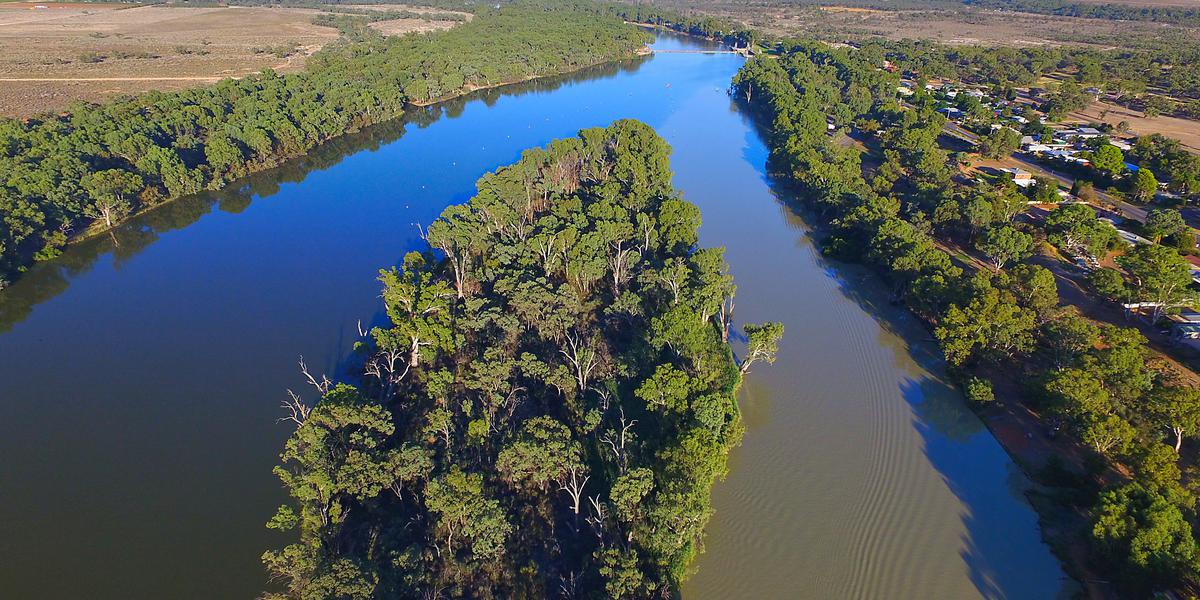Water crisis exposes governance risk in agricultural policy
Murray–Darling bloom slashes output by AUD 480 m as (ASX:ELD) drops 5% and state green-bond spreads widen 6 bps, spotlighting governance and data-infrastructure failures in environmental oversight.

Australia’s Senate inquiry into the 2025 Murray–Darling algal bloom has exposed deep structural weaknesses in national water governance, revealing how fragmented data systems and delayed coordination transformed an ecological event into a multi-sector economic shock. Spanning over 1,200 km of waterways and impacting 14 irrigation zones, the bloom reduced regional agricultural output by AUD 480 million, disrupted exports, and eroded investor confidence in environmental oversight.
Mechanistically, state-operated satellite chlorophyll detection systems registered anomalies as early as February 2025, but interagency data latency exceeded 10 days. The lag allowed oxygen depletion to cascade into mass fish deaths and forced irrigation suspensions across key farming regions. The inquiry identified overlapping jurisdictional mandates between federal and state agencies, leading to inconsistent intervention thresholds and no unified crisis protocol.
The macroeconomic spillover is measurable. Agriculture—2.5% of GDP and 3.3% of employment—faces productivity setbacks, export contraction, and tightening rural liquidity. Rural bank nonperforming loans rose to 2.8%, while agribusiness equities such as Elders Ltd (ASX:ELD) fell 5.2% amid fears of prolonged soil and water quality deterioration. Financial markets viewed the episode less as an isolated ecological shock and more as a test of policy and data credibility.
Reflecting this sentiment, green-bond risk premiums widened by 6 bps, signaling investor caution toward environmental governance frameworks. In response, Canberra announced a AUD 320 million National Water Data Grid, a unified platform to integrate satellite, sensor, and agency datasets in real time. The initiative aims to lift monitoring coverage from 62% to 95% of major catchments by 2027, potentially cutting event response time by 80%.
Historically, poor water management has imposed persistent productivity costs: between 1990 and 2010, similar contamination episodes reduced agricultural total factor productivity by 0.5 percentage points per year. Enhanced data integration could reverse that dynamic, enabling precision irrigation and nutrient optimization, turning resilience into a measurable productivity driver.
The inquiry’s underlying message is that climate resilience now depends as much on data infrastructure as on physical infrastructure. For institutional investors, reliable environmental information is a prerequisite for allocating capital to green and sustainable assets. Over the next two years, metrics such as satellite-data latency, catchment coverage, and regional yield recovery will determine whether Australia can convert this environmental crisis into a model for technological modernization and policy credibility.





